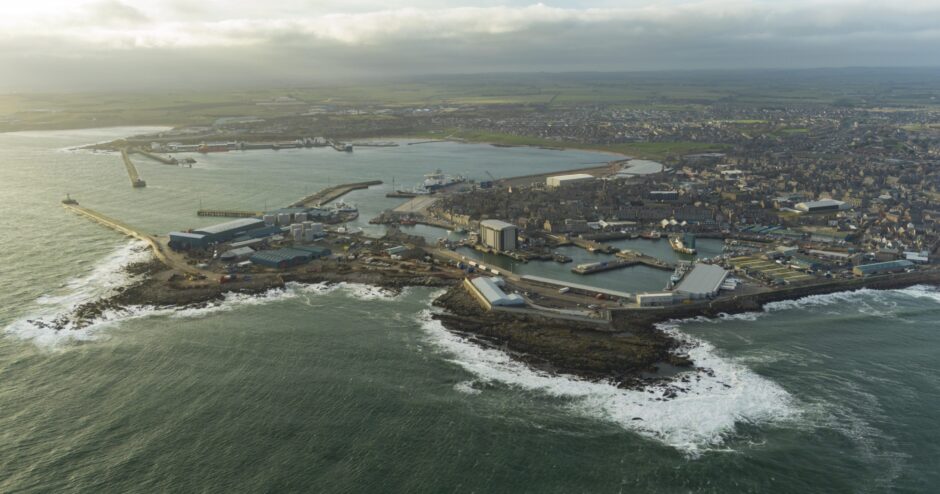
The UK Government is seeking input on new ways to transport captured carbon dioxide (CO2) that could help to encourage the adoption of carbon capture, utilisation and storage (CCUS) across different industries.
The Department for Energy Security and Net Zero (DESNZ) launched a call for evidence, seeking views and information on how to support the deployment of non-pipeline CO2 transport and cross-border CO2 networks in the future.
Specifically, the government is seeking evidence on three topics – non-pipeline transport (NPT) value chain data, the CCUS policy landscape and wider deployment considerations. The call for evidence is due to close on July 16.
This call for evidence comes as the government works to spur development of the UK’s CCUS industry, which it expects to play a significant role in helping the country reach its target of net zero greenhouse gas (GHG) emissions by 2050.
With this latest step, it is also seen to be looking at the CCUS market beyond its early development in the next few years.
CCUS vision
Under its CCUS vision, unveiled in December 2023, the government is targeting the capture and storage of 20-30mn tonnes per year (tpy) of CO2 across four CCUS clusters by 2030.
Progress has been made on selecting the initial clusters, as well as identifying certain projects from the first two planned clusters to proceed to negotiations for state support.
At the same time, some of the companies involved in these projects are also taking their own steps forward but have yet to reach final investment decisions (FIDs).
And while the government earmarked £20bn in 2023 to support the initial deployment of CCUS, access to funding for the early projects also still needs to be finalised.
Thus, the UK’s nascent CCUS industry still has a long way to go, and with the government wanting the technology to play such a major role in the country’s energy transition, it is working to boost momentum.
In documents published to provide details on the call for evidence, the government noted that NPT could allow carbon capture projects outside of CCUS clusters or in clusters without direct access to a pipeline to take their CO2 to an offshore storage site.
The aim is therefore to use NPT – which includes transport modes such as road, rail, barge and ship – to help to roll out CCUS across multiple regions and industries in the UK.
In addition, the planned CCUS clusters would also have NPT connectivity, with the aim of increasing the flexibility between clusters, NPT users and storage sites.
CO2 transportation
The government anticipates that projects using NPT methods will be eligible for selection as carbon capture projects from 2025 onwards.
“It’s definitely progress, having options other than pipelines opens up new routes to stores for isolated (outside of the clusters) emitters,” DNV’s regional head of sales for UK and Ireland energy systems, Tim Hare, told Energy Voice.
Thereafter, NPT will be rolled out during CCUS’ market transition phase, around 2030-35. However, it warned that it was important to demonstrate NPT on a technical and commercial basis in the near term in order to bring down costs over the longer term.
Meanwhile, cross-border CO2 networks are expected to help maximise the UK’s offshore storage capacity. The government estimates that the country has the potential to store up to 78bn tonnes of CO2 under its seabed, which it says is one of the largest such capacities in the world.
Boosting access to this capacity is seen as a way of opening up a new market for CO2 storage services and supporting broader international decarbonisation efforts across the region.
As with NPT, the UK Government anticipates the roll-out of cross-border CO2 networks to take place during the market transition phase.
This is when it also hopes to scale back state support, leaving behind a self-sustaining industry. However, it is not yet clear how this will be achieved, and project viability will need to be demonstrated in the preceding years.
The pressure will be on the early movers in particular to demonstrate the viability of their CCUS projects. Success is not guaranteed, but once the first projects are up and running, it will be easier for both pipeline and NPT networks to develop around them.
Recommended for you
